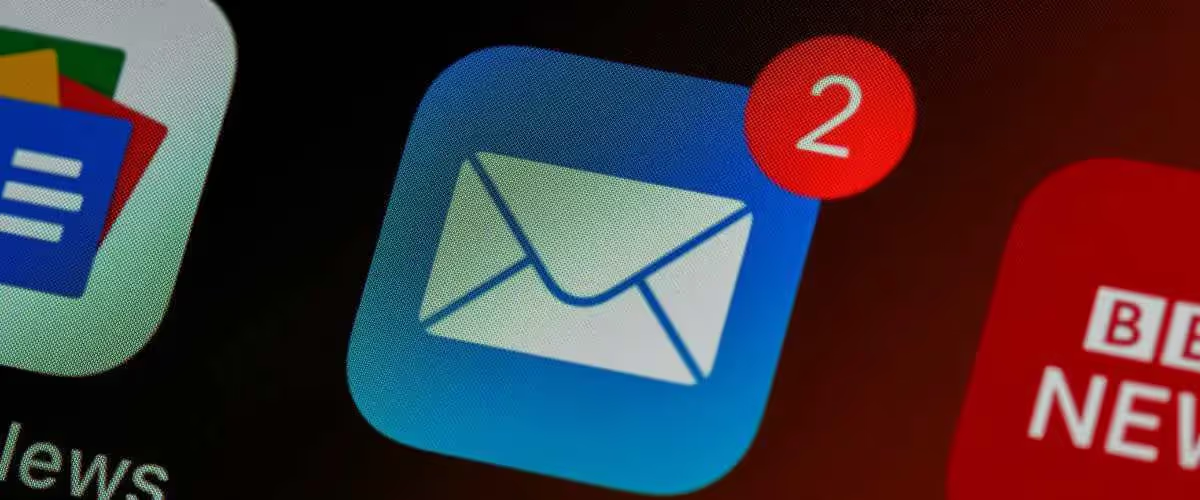Email spam can be common for consumers and can hinder a business's reputation. If a brand’s emails are consistently going to spam or won’t allow the recipient to unsubscribe, it can lead to complaints and a decline in sales.
To combat this, on February 1st, both Google and Yahoo implemented a strict basis of criteria for senders to enhance inbox security and reduce spam. These modifications are relevant to all email marketers sending to Gmail and Yahoo addresses, focusing on "bulk senders."
The updated guidelines mandate senders to authenticate their domains, simplify the unsubscribing process, and maintain a healthy spam rate.
While most digital marketers are already aware of these changes, it’s important to comply and cover all bases to avoid your emails ending up in spam or not reaching your customers at all.
Google & Yahoo's New Sender Requirements for 2024
Who is affected by the recent Email Sender Requirements?
- Anyone sending emails to Gmail and Yahoo recipients
- Bulk senders, defined as those sending 5,000 or more emails per day to Gmail and Yahoo addresses (including transactional emails)
Changes Needed to Meet the New Sender Requirements:
- Companies should provide an option to unsubscribe from an email or newsletter
- Maintain spam rates below 0.3%
- Simplify unsubscribing for the subscriber
- Enable SPF and DKIM email authentication for your domain
- Ensure valid forward and reverse records for sending domains or IPs
- Set up DMARC email authentication for the sending domain
- Align the sender domain in 'From:' headers with SPF or DKIM domain (no shared domains)
- Establish a dedicated subdomain for sending bulk emails (e.g., send.yourdomain.com)
What is a DKIM?
A DKIM (DomainKeys Identified Mail) record is a line of text within the DNS (domain name system) record containing the public key that receiving mail servers can use to authenticate the DKIM signature.
Since spoofing emails from trusted domains can happen quite frequently, checking your DKIM record first is essential to begin implementation. It’s recommended that users add a DKIM record to their DNS straight away to protect them from email spoofing.
What is a SPF?
Sender Policy Framework (SPF) is used to authenticate the sender of an email. With an SPF record in place, Internet Service Providers can verify that a mail server is authorised to send emails to a specific domain. An SPF record is a DNS TXT record containing a list of the IP addresses that are allowed to send an email on behalf of your domain.
SPF is one of the main settings your DNS needs, as it helps verify which sending infrastructure can relay email on behalf of your domain.
What is a DMARC?
A DMARC (Domain-based Message Authentication, Reporting & Conformance) is very useful as it helps boost the SPF and DKIM.
DMARC helps mail administrators prevent hackers and attackers from ‘spoofing’ their organisation and domain. Spoofing is a type of attack in which an email message's ‘from address’ is forged. DMARC also lets you request reports from email servers that get messages from your organisation or domain.
These new requirements, though comprehensive, aim to improve email delivery and sender reputation. Compliance with these standards will ultimately benefit businesses and enhance the overall email experience for consumers by reducing spam.
Although the implementation deadline was February to ensure complete adherence, it’s never too late to implement these changes!
Looking to improve your email strategy or need advice on how to implement these requirements? Our Email Marketing team is always up for a chat! Why not get in touch or fill out our FREE audit to see what we can do for your brand?
















.svg)